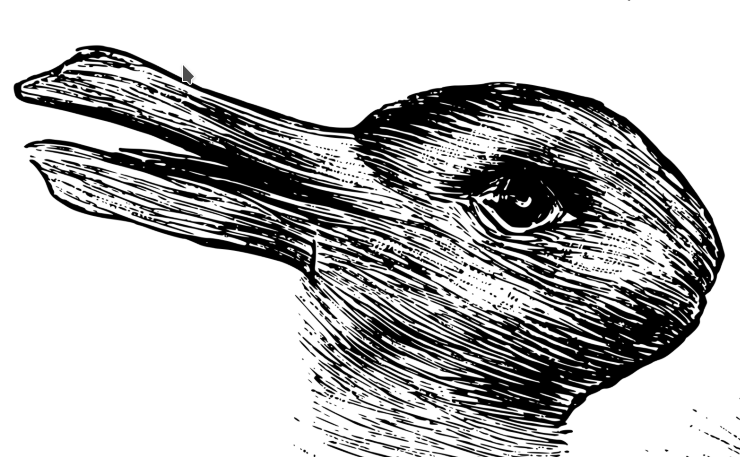Alignment ② definity
Moving on from Alignment ① prep where I mention a few prior usages, here I'm thinking about the simplest way to 'define' my use of alignment within a worlding context. The full list of these thinking-out-louds will be found at Alignment under [taphonmy of worlding].
Alignment 2.1 the most basic effort
Alignment is the most basic worlding effort. It requires three
[bits/pieces/things/notices]
as a minimum to put these bits into a line.
But this is not a geometric space of angles but the animal headspace of fright, fight, flight and freeze, among other 'things'.
One of these three [bits/pieces/things/notices] is always the threshold of closure in reference to a body. I.E. that which the body excludes, or accounts in enclosing itself.
When the self enfolds itself out of the world thus made/confounded/composed.
In this biological space there is no alignment without this bias, this survival push. Because this is always there, an alignment in a worlding context will often make the shortcut of assuming it, which often occludes its presence before our notice (that which aligns), and thus we will think of a line as aligning at a minimum two items of notice, when really it is at least three.
If you are wondering where the originary third bit went, it is in the "we will think" of the last sentence. You can swap in various other verbs for 'think' by the way.
Thinking a line is made only of two bits is not so much an error or oversight, but a short cut or instinct, or even a skill that aids survival.
Consciousness often survives by not thinking about being conscious all the time. After all that takes effort best allocated elsewhere at times.
Thinking about universal truths won't help you then either BTW.
Sometimes selfing is just hard, and in order to survive sometimes it is better not to think about the fact we are thinking, or surviving, so we often exclude the fact of subjectivity in order to preserve that subjectivity (we exclude the enclosure, and at other time we consciously enclose the exclosure).
We use this instinctual skill in other ways, other places.
This definity defining alignment in the context of worlding the self, requires an injunction to never forget the POV when discussing alignment, even if it is only semi-conscious at best.
Now many alignments do exactly this, they forget or dismiss the POV or partiality, and of those, some do so by active choice, perhaps to find truth beyond the limits of a POV and its survival mechanics.
But it is still based in animal logic. Biologic.
Reprise: An alignment is to make at least two things line up with one's mind/preferences/inclinations/assumptions… with whatever it is that one needs to world around the self in order to protect, boost or maintain that selfing in the world of others doing the same.
It can pop up anywheres.

Alignment 2.1 the most basic effort crossposted on substack.com
Alignment 2.2 so the main point of an alignment is that it includes a point of view (POV)
As it is the key part of this development of alignment in a worlding the self context, I had better look at usages of language (at least in recent English) of how it relates to similar or associated terms, with thanks to Ben Loomis (of The Gothic World, both/and and Implicate Orders) for asking a very good question.
A point of view refers to the prior partiality life surfs, and to which consciousness or self-consciousness are subsequent elaborations, and thus my use of 'selfing' is also subsequent. That partiality is what seperates life from matter in all it's anonymous commodity. That is, a point of view arises in evolution, and around due to some element of stability, survival and reproductive transmission of that stability (of transmission if nothing else), procesess in which some sense of its partial nature becomes selected for.
This "point of view" might be considered unconscious, but as I said, consciousness is subsequent so defining this more primal point of view in terms of consciousness, is perhaps misguided, if not, mis-wised.
Perhaps even point of view is misguided, but I have no term which might be easily recognised.
Thus self-consciousness, individual-ness or identity, or conscientiousness or soul, and even a "social institution of the individual" are even later in the process of evolution into worlding (of the self among others).
So, currently, until I have a better term, and is still recognisable if not explainable, point of view (POV) is the critical threshold, or fulcrum upon which the levers of our aligning-behaviours pivot us into the world.
How we world unconsciously, or subconsciously, or altered-stately, meditatively, or deep in dissociating zones of flow and habit, we will leave fo rother discussions. (Just 'keep in mind' we have always been the threshold of the cave itself.)
There is also a whole area to discuss with reference to the discovery or invention of perspective.
Alignment 2.2 POV is crossposted on substack.com
